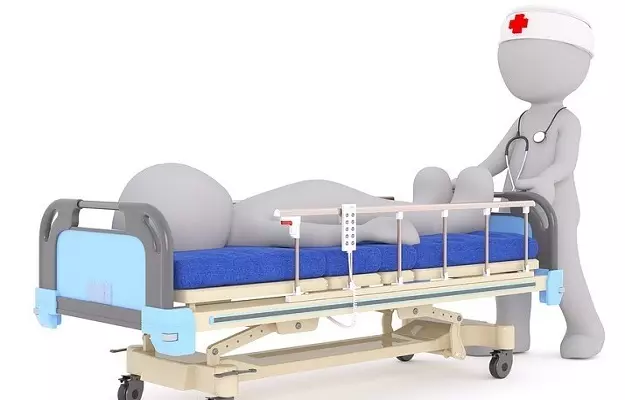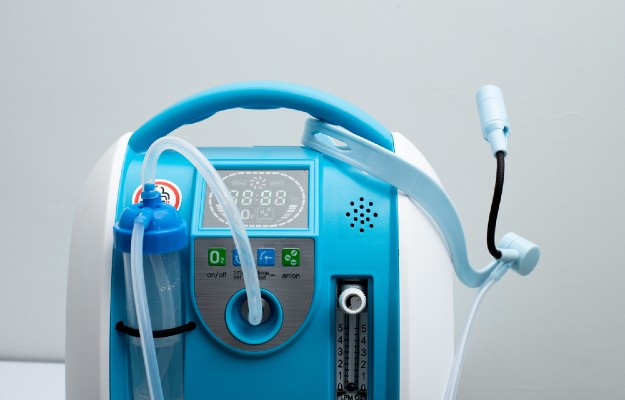As of 3 April 2020, more than a million people have been diagnosed with the COVID-19 infection across the globe. More and more people with serious respiratory conditions are getting admitted in hospitals for extensive treatment. During any such outbreak, healthcare workers remain at the frontlines, often exposed to hazards while responding to a global public health emergency.
These medical professionals put themselves at risk of contracting the infection while serving patients with sincerity. They are not only exposed to the virus, but work for long hours, deal with psychological distress, fatigue, occupational burnout and sometimes physical and psychological violence.
Healthcare workers not only remain the first ones vulnerable to contract the infection, but hospitals and bigger medical facilities can be at a high risk of a local outbreak in themselves. It is essential for hospital staff to protect themselves from this infectious virus. In this article, we tell you about the guidelines issued by the World Health Organisation (WHO) for healthcare workers to stay safe from the coronavirus infection.



































